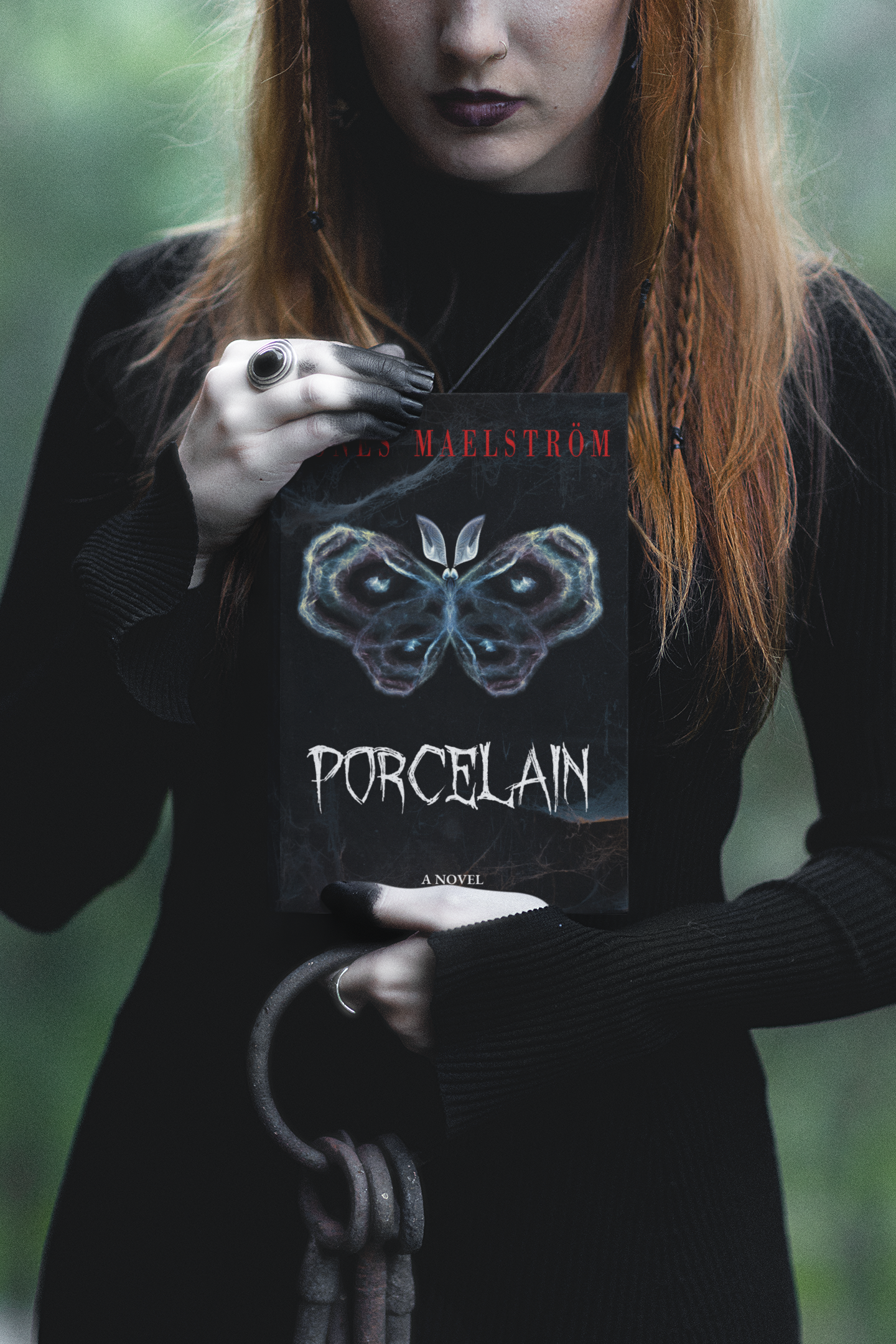Welcome, my fellow book lover!
In today's fast-paced world, stress and emotional challenges have become commonplace. Many individuals find themselves navigating complex feelings of anxiety, depression, or confusion. To address these issues, effective therapeutic interventions are critical. One particularly innovative method that combines the healing power of literature with personal growth is bibliotherapy. Within this broad field, bibliotherapy activities are gaining recognition for their ability to foster emotional exploration and community connection. This article delves deeper into group bibliotherapy and creative bibliotherapy activities that can engage participants on multiple levels.
Understanding Group Bibliotherapy
Group bibliotherapy is a therapeutic practice where individuals come together to discuss literature, exploring its implications for personal and emotional growth. The unique aspect of this approach is its interactive nature, allowing participants to share their thoughts, feelings, and interpretations of selected readings. This dynamic not only enhances the conversation but also validates individual experiences, creating a sense of belonging among group members.
By engaging in group bibliotherapy activities, individuals can break the cycle of isolation often associated with mental health challenges. Listening to peers’ emotions, stories, and interpretations of the same text highlights the shared nature of their struggles, reinforcing the understanding that they are not alone in their experiences. This communal environment fosters vulnerability and openness, enabling deeper explorations of emotions.
Creating a Safe Space: Running a Therapeutic Book Club
One effective way to implement group bibliotherapy is by establishing a therapeutic book club. This setting enables participants to engage with carefully chosen literature and reflect on it collectively. Selecting books or stories that resonate with participants’ emotional, psychological, and social experiences is essential. Literature that tackles themes such as loss, identity, recovery, and resilience can invite powerful reflections and discussions.
To facilitate a productive book club discussion, it is crucial to establish ground rules that promote respect and open dialogue. This could include guidelines such as allowing each person to speak without interruption, respecting differing viewpoints, and maintaining confidentiality about shared personal experiences. Here are some discussion prompts that can help guide the conversation:
- What feelings arose for you as you read?
- Which characters resonated with your own experiences, and why?
- What lessons or insights did you take away from the story?
- How might this narrative connect to your own life journeys?
Encouraging open-ended questions like these can spark engaging conversations and deeper emotional insights. As participants share their interpretations, they can gain new perspectives from others, fostering empathy and understanding.
Infusing Creativity: Interactive Activities After Reading Sessions
To further enhance the impact of bibliotherapy activities, consider integrating creative pairings after reading sessions. Once a story has been discussed, invite participants to express themselves through various artistic mediums. For instance, drawing images related to the themes or characters enables individuals to process their feelings in a visceral and personal way. This creative expression often leads to deeper insights and connections to the narratives explored in the literature.
Another engaging activity is writing alternative endings for the stories. This exercise not only sparks creativity but also encourages participants to think critically about the choices characters make. Participants might reflect on their own life choices as they consider how the story could have unfolded differently. Allowing individuals to share their alternative endings with the group can generate lively discussions and insights into their perspectives on life and relationships.
Exploring Emotions Through Creative Bibliotherapy
Creative bibliotherapy activities can take many forms, including journaling, art therapy, and creative writing. Journaling provides a personal space for participants to reflect on their thoughts and feelings. You can prompt participants to write about their emotional responses after engaging with a text or encourage them to maintain a thematic journal throughout the duration of the group sessions. This practice not only fosters introspection but also allows participants to track their progress over time.
Art activities, such as painting, collage-making, or crafting, can also unlock deep emotions and facilitate healing. Engaging in creative processes can help participants express feelings that might be difficult to articulate verbally. When individuals see their emotions represented visually, it can be a profoundly empowering experience, reinforcing their sense of identity and self-acceptance.
For instance, after reading a poignant story about grief, participants might engage in a creative activity where they create a visual representation of their feelings surrounding loss and healing. This might involve drawing, painting, or even collaging images and words from magazines that reflect their emotional journey. Sharing these creative pieces with the group can build deeper connections as participants discuss their interpretations and emotions.
The Importance of Social Validation in Group Settings
One of the most significant benefits of engaging in group bibliotherapy activities is the social validation they provide. When individuals hear their peers’ reactions and reflections on the literature, it fosters a sense of belonging and connection. Participants can find comfort in realizing that others have faced similar challenges, sentiments, and thoughts, which contributes to their emotional well-being.
Moreover, social validation encourages individuals to articulate their experiences, empowering them to take ownership of their feelings. The communal sharing of emotions can lead to transformative moments within the group, where individuals feel seen, heard, and understood. These moments not only enrich the therapeutic experience but also reinforce the idea that vulnerability is a strength.
As participants engage in open discussions and share their creative outputs, they learn from each other’s insights, broadening their understanding of themselves and their emotional experiences. This environment promotes empathy, compassion, and a support network that participants can rely on long after the sessions end.
Implementing Group and Creative Bibliotherapy in Educational and Therapeutic Settings
For educators and therapists looking to introduce dynamic bibliotherapy sessions, integrating both group discussions and creative activities offers a holistic approach to emotional healing and personal growth. This comprehensive strategy not only promotes emotional exploration but also enhances critical thinking and creative skills.
To launch into this, consider structuring your sessions into segments that alternate between discussion and creative expression. A sample session might begin with a reading assignment that participants can reflect on individually. After the reading, facilitate an interactive discussion where everyone shares their thoughts and feelings. Subsequently, transition into a creative activity that connects to the themes explored in the text, allowing participants to immerse themselves fully in their emotional journey.
For example, after a group discussion on a story about overcoming challenges, participants could create vision boards illustrating their goals, hopes, and dreams. This exercise can help individuals visualize their aspirations while fostering a sense of support among peers as they share their boards with the group.
Barriers and Solutions in Implementing Bibliotherapy Activities
While group bibliotherapy holds immense potential, there may be barriers to its implementation. Participants might feel hesitant to share personal experiences or express themselves creatively. It’s essential to address these concerns by creating an atmosphere of trust and safety. One effective strategy is to start sessions with icebreaker activities that allow participants to become comfortable with one another before delving into deeper discussions.
Another barrier might be the challenge of selecting suitable reading materials that resonate with the group. A simple solution is to involve participants in the selection process. Allowing group members to suggest books or stories based on their interests can enhance engagement and make individuals feel more invested in the sessions.
Conclusion
Group bibliotherapy and creative bibliotherapy activities offer a rich and unique landscape for emotional healing and personal growth. They encourage interaction, promote creativity, and cultivate social validation within a supportive community. Whether you are an educator, therapist, or someone looking to facilitate healing through literature, the strategies outlined in this article can serve as a foundation for your journey.
If you wish to explore the transformative world of bibliotherapy further, consider enrolling in the Modern Bibliotherapy Certifying Training Course. This course will equip you with the skills and knowledge necessary to implement effective bibliotherapy activities in your practice, enhancing your therapeutic approach.
For those seeking a more immediate path to emotional relief, join our program: Reflect, Recharge, Reset: Overcome Stress and Anxiety in 5 Days with Bibliotherapy. This engaging 5-day course will guide you through the exploration of your feelings, using literature and creative expression as tools for healing.
Embrace the power of books and creativity in your journey toward emotional well-being. Together, through literature, art, and community, we can navigate the complexities of our emotions and find solace in shared experiences!







Leave a comment